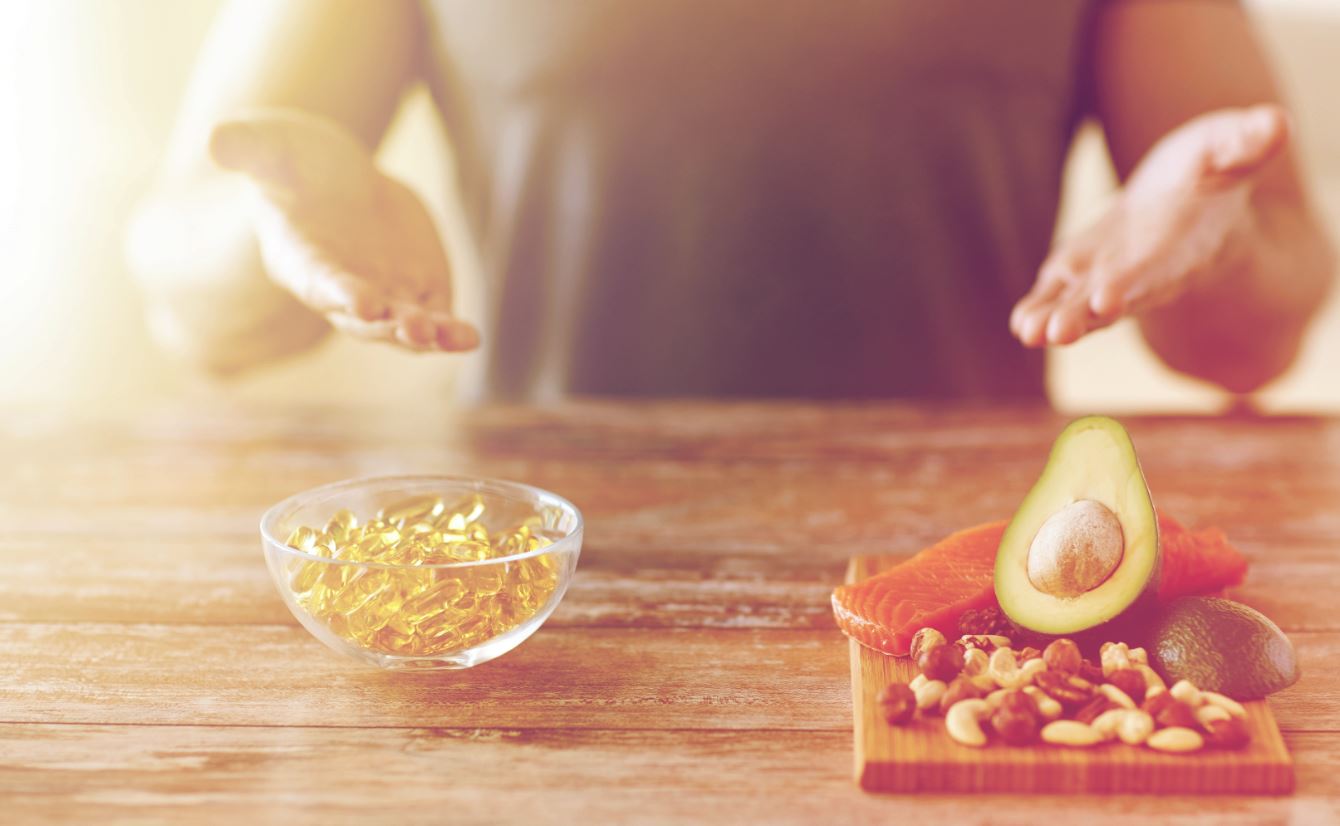
Not all fish oils are high quality oils, so scientists have developed a safe and sustainable method to help produce better dietary Omega-3 health and dietary supplements.
The superior fish oil, and other bioactive ingredients such as curcumin, were used in a pleasant tasting fruit juice, showcasing another use for the vortex fluidic device (VFD), a high-tech machine developed at Flinders University.
The new process, outlined in a new Nature Partner Journals (npj) Science of Food paper, defines how the device’s high-speed processing lifts the quality of active ingredients of the polyunsaturated fatty acids (PUFAs) in fish oil.
The international research group found the process, used in the research to enrich the Omega-3 fatty acid content of apple juice, didn’t change its sensory values “which is important for the consumer.”
Published in a collaboration between Guangzhou, Cincinnati and Flinders University, with the Australian Nuclear Science and Technology Organisation (ANSTO), the study is further proof of the value of rapid vortex fluidic green chemistry processing.
Flinders University Professor of Clean Technology Colin Raston, from the Flinders Institute for NanoScale Science and Technology, says the vortex fluidic device also had the capability to scientifically measure and control the requirements for better outcomes in food processing.
“By adjusting the machine’s parameters – including rotational speed, tilt angle, temperature, flow rates, and concentrations and ratio of components – we’ve shown how to reduce particle size for better absorption of fish oil and a range of other improvements,” Professor Raston says, adding the device has multiple applications in forming nano-meter dimension particles to order, such as in drug delivery development.

In the latest study, the device was able to raise PUFA levels and purity by lowering oxidation and dramatically improving shelf life compared to fish oil produced by regular industrial homogenisation. Natural bioactive molecules were used in processing, showing that the fish oil medium can take up flavonoids and other health supplements.
The researchers also developed a world first technique for studying how the process occurs in the VFD – real time.
Co-lead author, University of Cincinnati Associate Professor Harshita Kumari, says the novel real-time small-angle neutron scattering (SANS) coupled with VFD offers the potential to identify key parameters that control nano-encapsulation for applications in the areas of food, cosmetics and pharmaceutics.
The article, ‘Vortex fluidic mediated encapsulation of functional fish oil featuring in situ probed small angle neutron scattering’ (2020), by Shan He, Nikita Joseph, Marzieh Mirzamani, Scott J Pye, Ahmed Hussein Mohammed Alanataki, Andrew Whitten, Yaonan Chen, Harshita Kumari and Colin L Raston has been published in Science of Food, a Nature Partner Journals (npj) DOI: 10.1038/s41538-020-00072-1.
The project received funding from the Australian Research Council, and support from ANSTO and the University of Cincinnati, USA.

